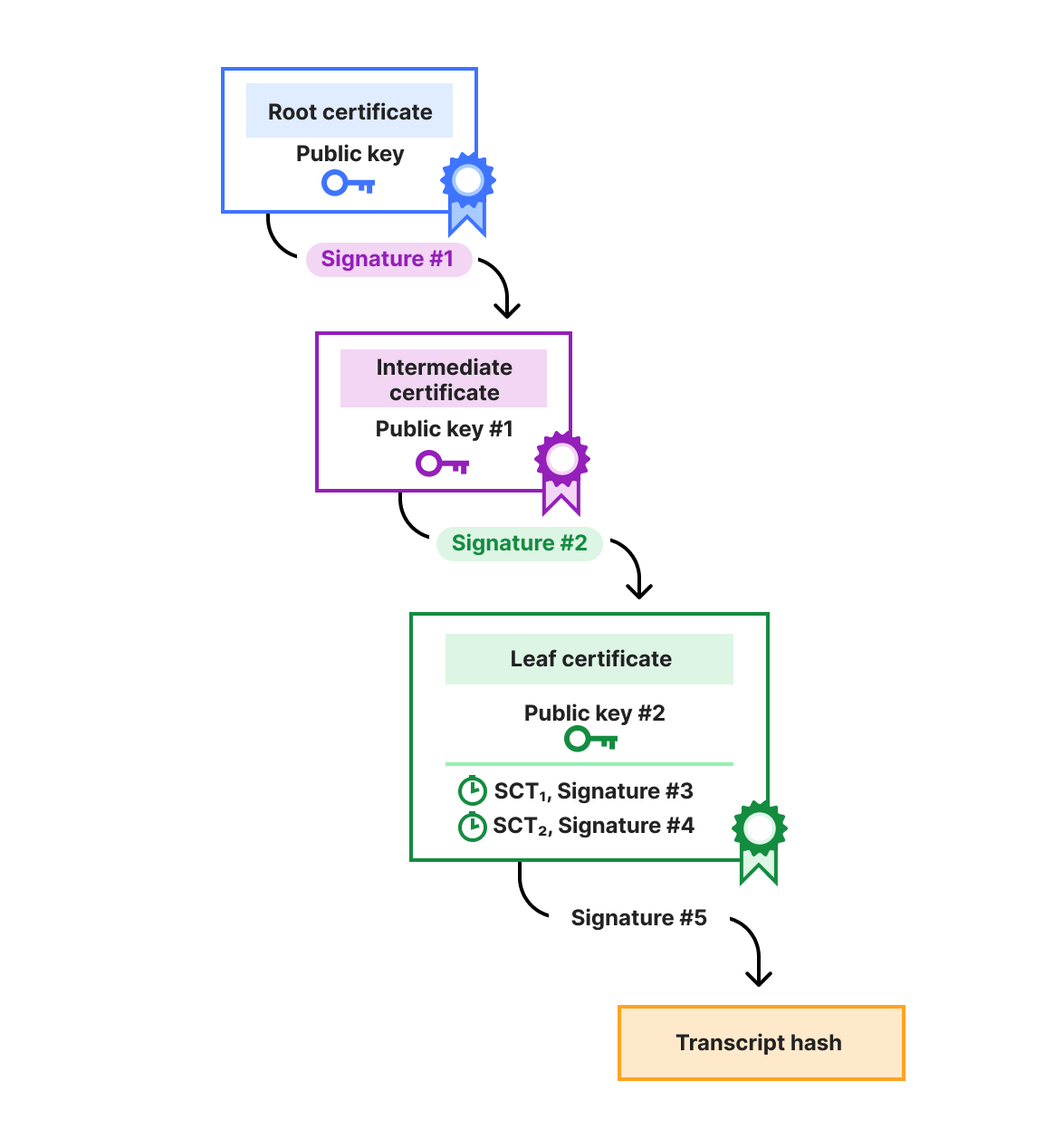Cybercriminals are having less success targeting end-user technology with zero-day attacks, said Google’s security team this week. While most attacks do still target personal technology like smartphones and browsers, the focus is moving increasingly to enterprise tech.
Zero-day vulnerabilities are those that are exploited before vendors have a chance to patch them – and often before they even know about them. Attackers using these flaws to compromise systems are still primarily espionage groups, says the Google Threat Intelligence Group in its annual analysis of zero-day exploits.
Government-backed groups and customers of commercial surveillance vendors (that’s sanitized corporate-speak for spyware) were responsible for over half the attacks that the researchers were able to attribute. Spyware continues to be a much bigger factor in zero-day exploits today than it was before 2023.
The Chinese government exploited five zero-day flaws that Google knows of, while for the first time North Korea equaled that number. Spyware customers used eight zero-day exploits.
But state and private espionage-focused attackers aren’t the only ones using zero-days. Google also sees crime groups using them to come after your data. However, as it points out, some of these groups involved in cybercrime also maintain strong links to the Russian government.
While the number of zero-day exploits that Google identified dipped to 75 from last year’s 98, the trend is still moving slowly upward, the company says. In 2022, it found 63 zero-day exploits, and the year before that it was 95, but 2019 and 2020 both showed just 31 zero-day exploits each.
Vendors are also doing better at protecting at least some of their products, found the research. Google said attackers are having less success targeting browsers and mobile operating systems. Attackers traditionally use these technologies to get at consumer users.
Perhaps that increased protection is one reason behind another key fact: The proportion of zero-day exploits targeting end-user technologies was lower this year at 56% than those targeting enterprise tech. That’s a consistently falling number; 90.32% of zero-day exploits targeted end-user tech in 2019, followed by 70.97%, 74.74%, 63.49%, and 63.27% respectively through 2023.
In particular, exploitation of browsers and mobile devices was far lower this year than last. Browsers saw a third fewer zero-day exploits than last year, with most targeting Chrome due to its popularity, while mobile device zero-day attacks halved.
This doesn’t mean attackers won’t continue trying their best to infiltrate end-user products. “Phones and browsers will almost certainly remain popular targets, although enterprise software and appliances will likely see a continued rise in zero-day exploitation,” Google said.
When spyware attackers do target mobile devices, they will chain together multiple vulnerabilities in complex attacks on mobile devices to get around mobile vendors’ security practices.
As Google points out, it’s difficult to separate attacks against enterprise and end-user technology because enterprises often use these technologies too. Nevertheless, it has seen a 9% rise in zero-day attacks using purely enterprise tech, namely security and network products. They comprised 60% of all zero-day attacks on enterprise technologies, the company said.
What does all this mean for you? Just keep on doing what you already should be, applying basic cyber hygiene when using your devices. Admittedly, keeping your system up to date won’t help against a zero-day, but patching quickly could stop attacks reaching you if vendors see them and issue updates in time. In addition, some technologies use heuristics to try and stop software they haven’t seen before which look suspicious. And of course, avoiding opening links and files that you’re not sure about can stop zero-day exploits hitting your device in the first place.
We don’t just report on threats—we remove them
Cybersecurity risks should never spread beyond a headline. Keep threats off your devices by downloading Malwarebytes today.


